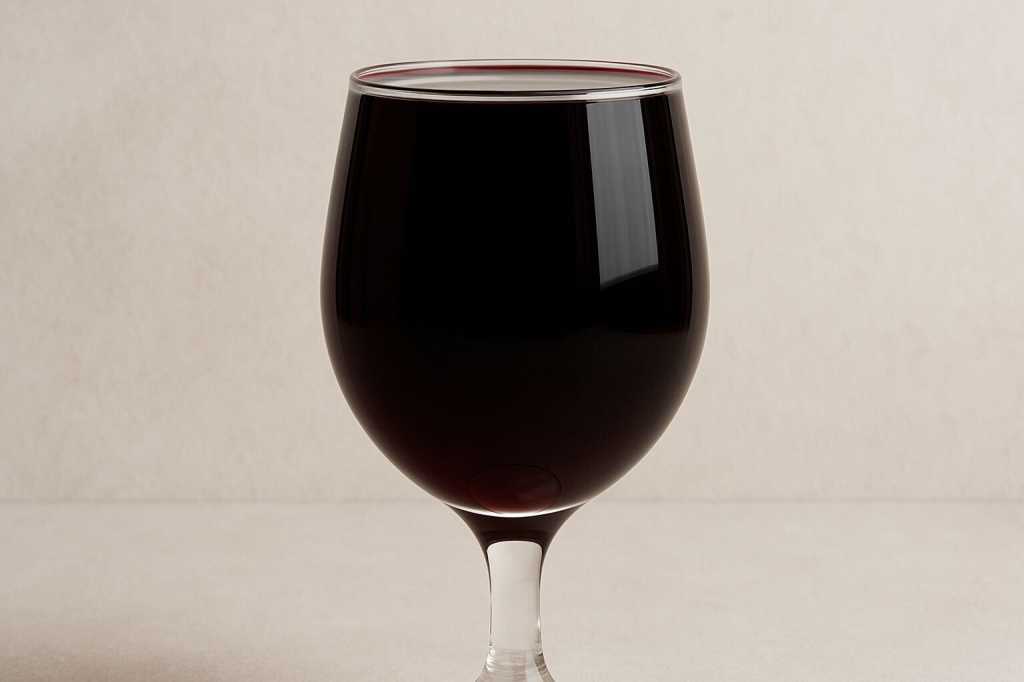On Tuesday, OpenAI unveiled a significantly enhanced version of ChatGPT’s image generation capabilities, prompting users online to create an array of imaginative images, from memes styled like South Park to unconventional scenes featuring Barbie dolls in the Oval Office.
ChatGPT’s New Image Generation Feat
The newest model, GPT-4o, generated a buzz in the tech community when it successfully rendered a full glass of red wine. This seemingly uncomplicated task had proven challenging for many AI systems prior to this release, often leading to humorous results that left AI enthusiasts in disbelief.
For example, the prompt to create a “full glass of wine” has historically stumped AI models, including previous versions of ChatGPT and DALL-E, which typically delivered images of wine glasses that were only partially filled. However, GPT-4o’s ability to produce an image depicting a glass filled to the brim was met with widespread astonishment.
Challenges with AI Image Generation
Why does generating a completely full glass of wine pose such a challenge for AIs? The prevailing theory is that many image generation models are trained predominantly on images depicting half-filled glasses. Consequently, when prompted for a glass filled “all the way to the brim,” these models often revert to their learned data and produce a less-than-full glass.
Though the “full glass of wine” prompt isn’t an official benchmark for AI image quality, it serves as a lighthearted test of a model’s capabilities. Similar to other amusing AI challenges, like asking about the spelling of “strawberry,” such tasks often reveal shortcomings in AI understanding and interpretation.
Comparing Other AI Systems
Other AI models have also attempted this challenge but fell short. Google’s Gemini, Grok 3, and Microsoft’s Copilot yielded results that were not only inaccurate but also comedic in their misinterpretation of the prompt. For instance, when tested against GPT-4o, these systems consistently produced images that did not align with the request for a completely filled glass.
Testing Another AI Challenge
Overall, the evolution of AI image generation continues to demonstrate both advancements and limitations, with the recent performance of GPT-4o marking a notable milestone in overcoming previously difficult tasks. As AI technology progresses, it remains to be seen how these systems will adapt to increasingly complex prompts with greater accuracy.

